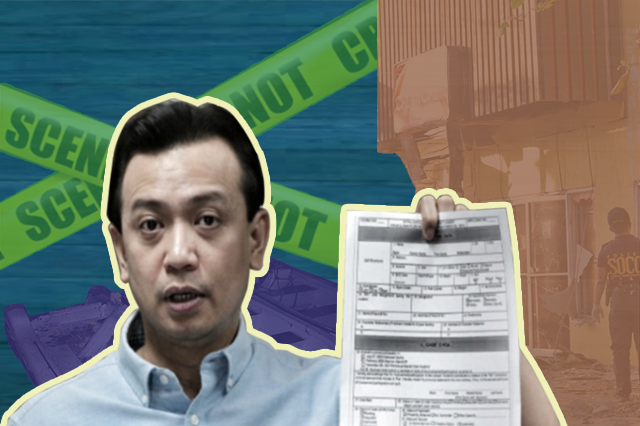Only One Big Story at a Time?

ISSUES AND events which deserve attention are often sidelined when a big story breaks and continues to develop. But in this age of multiple media platforms and formats there is no excuse for media’s dropping the ball on these important stories.
President Rodrigo Duterte’s voiding the amnesty of Senator Antonio Trillanes IV through Proclamation No. 572 is a recent example. First announced through The Manila Times’ classified ads page on September 4, the proclamation and its implications held the attention of news organizations for days afterward to the virtual exclusion of other issues.
CMFR monitored reports from the three Manila broadsheets Manila Bulletin, the Philippine Daily Inquirer and The Philippine Star; the primetime newscasts 24 Oras (GMA-7), Aksyon (TV5), News Night (CNN Philippines) and TV Patrol (ABS-CBN 2) from September 4 to 10, 2018.
Trillanes in the Spotlight
During the week-long monitor period, the broadsheets’ coverage of the Trillanes amnesty story reached a total of 57 reports, with the Bulletin, the Star and the Inquirer publishing nine, 20 and 28 stories on it, respectively.
The television news programs 24 Oras aired 22 reports for a total of one hour and nine minutes; Aksyon, 22 for a total of 59 minutes; News Night, 28 for a total of one hour and twenty minutes; and TV Patrol, 21 for a total of one hour and four minutes of airtime. The TV news programs monitored devoted approximately two hours and fifteen minutes to the issue.
The reports in print and TV closely followed the exchange between the Trillanes camp and Malacañang officials, as well as the actions taken to advance and defend their positions. Impromptu press briefings of the Department of Justice and of the embattled senator were aired live, outside of the primetime news schedule; parts of which were later included in evening reports.
(See, “Media on Trillanes Amnesty: Quick Resistance in Aid of Democratic Value“)
Important Issues Sidelined
With much of media airtime and space focused on the Trillanes issue, there was little attention paid to other issues during the monitor period.
There were only seven newspaper reports on the killing of the mayor of Ronda in Cebu, Mariano Blanco on September 5. There were only four reports for a total of approximately six minutes on TV.
Reports referring to initial police investigation said that Mariano was gunned down in his office at the town hall by unidentified gunmen. Media briefly reported his killing and recalled his alleged involvement in the illegal drug trade, but dropped it altogether by September 8.
Bombing incidents in the country also received scant attention. On September 8, unidentified persons threw two home-made bombs, one hitting a massage spa and a KTV bar in Cebu supposedly owned by fugitive-businessman Peter Lim who is facing conspiracy charges in relation to the illegal drug trade. Only one of the bombs exploded but no one was reported hurt. The reports did not look into the possible lapses of local security forces which could have allowed such attacks to happen. In the newspapers, only the Bulletin and the Inquirer reported the incident. TV news did not pick up the incidents.
The Cebu bombings happened on the heels of the explosion in Sultan Kudarat on August 28 and September 2, as well as a similar incident in a seaport in Masbate City on September 3, which some media reports noted was already the second blast in the same location.
These episodes which may be linked to even larger conflicts or terror threats deserved follow-up reports. Journalistic investigation should have probed into possible perpetrators and threat implications which so far reporters have not done. The initial reports did not involve security officials or experts in the discussion of the causes of the explosions and their possible perpetrators.
In the aftermath of the siege of Marawi, a security expert remarked how important it was for the security forces and the media to investigate the remaining links and connections of the Maute brothers and their followers. The possible involvement of local insurgent groups or international organizations cannot be ignored as these raise the specter of the kind of violence that happened in Marawi, a prospect the media should investigate in-depth.
In a previous monitor, CMFR noted the need for the press to pursue more in-depth reports on the underlying causes of such violence. (See “Sultan Kudarat Blasts: In-depth Reports Needed”)
The Trillanes case is no doubt of national relevance. Not only is it a clear example of executive overreach. It also illustrates how Philippine laws are being reinterpreted to fit the objectives of the powerful. But it is clear that in a period of widespread crisis and distress, the media cannot focus only on one aspect of the prevailing national situation, but must enlarge the scope of its coverage, reporting and analysis. Otherwise, we are missing the forest for the trees.
Leave a Reply